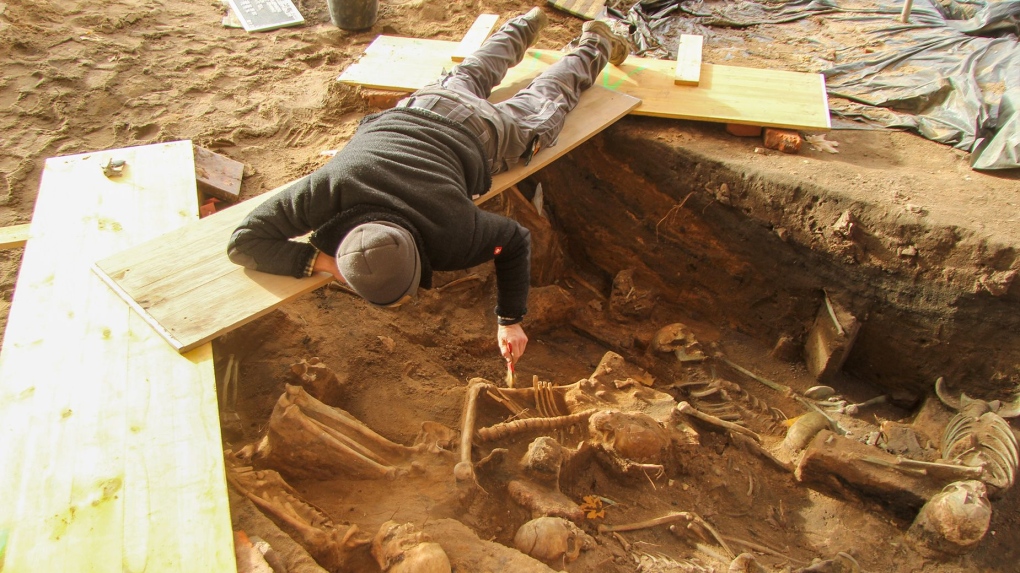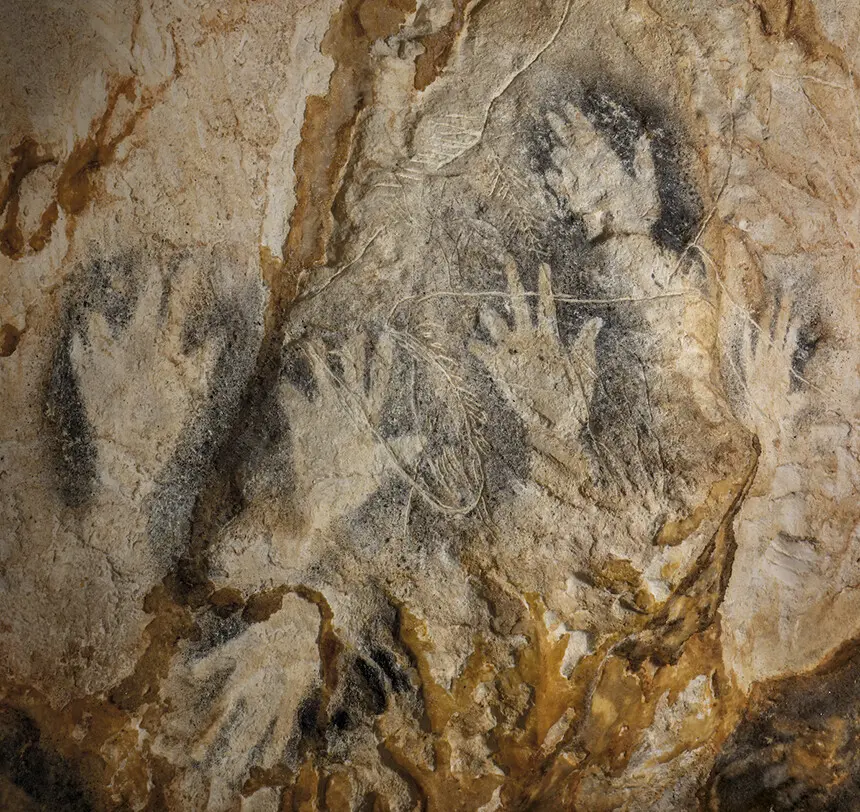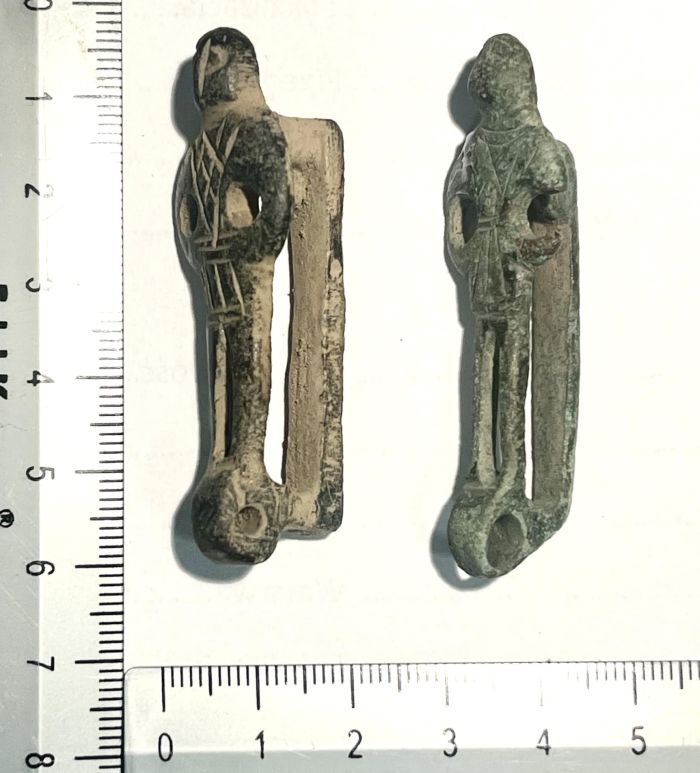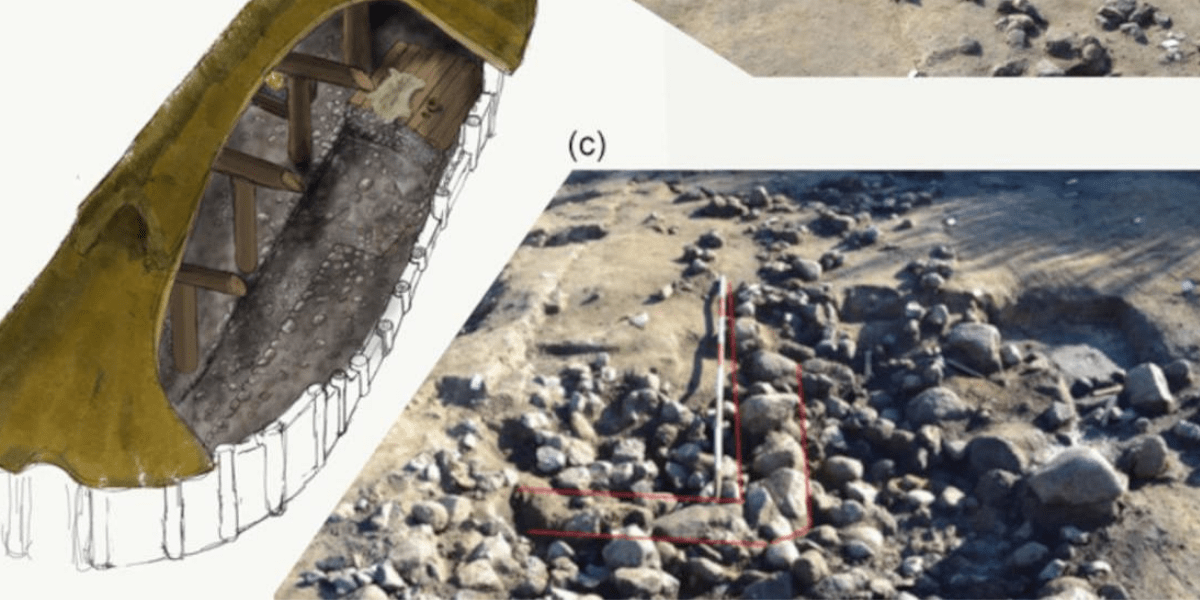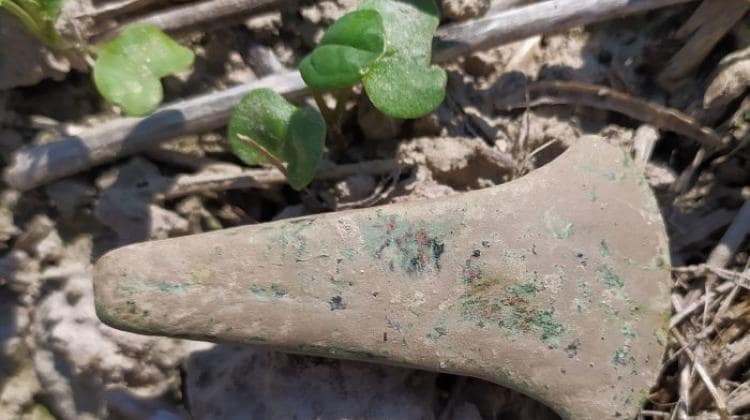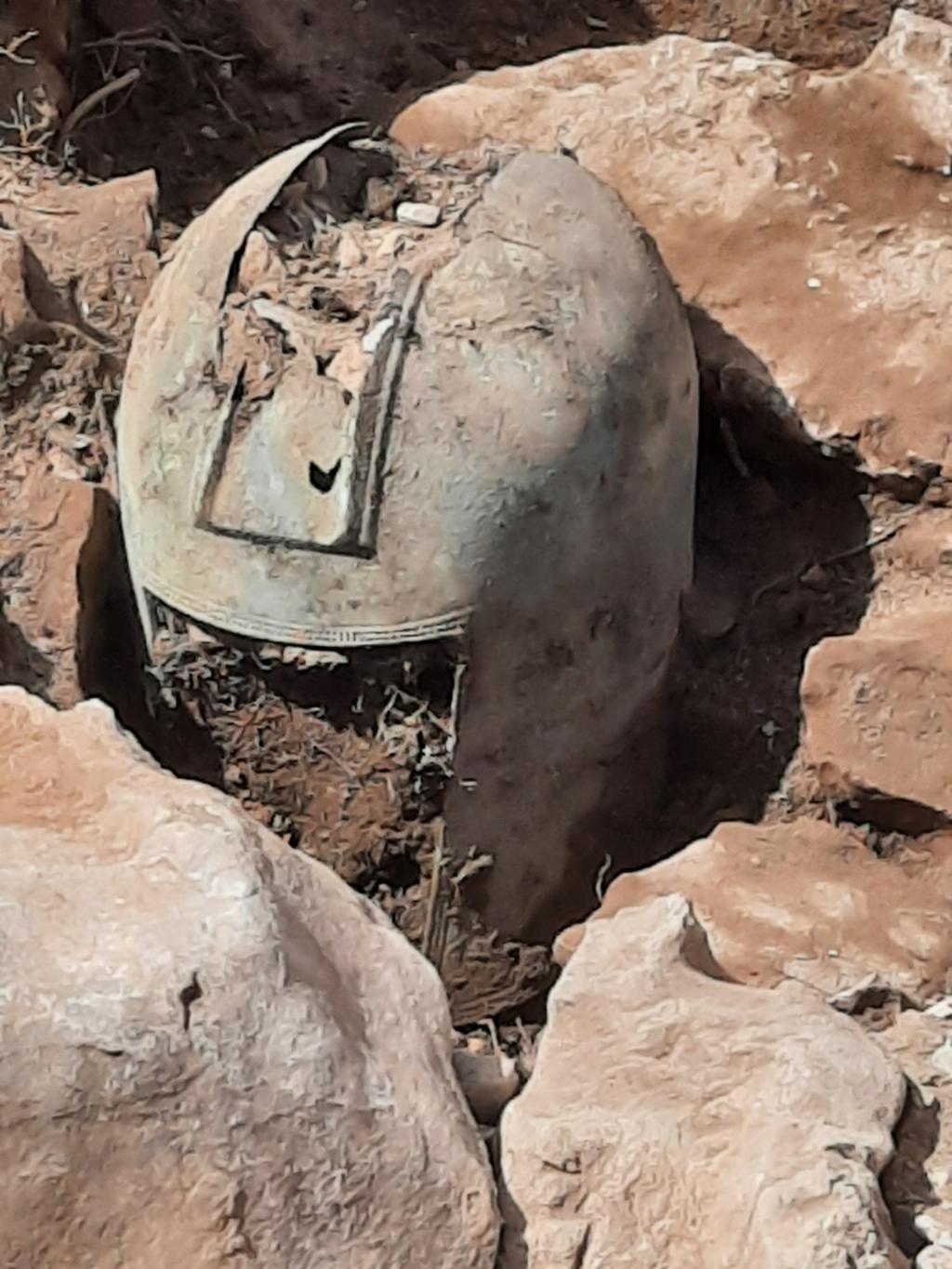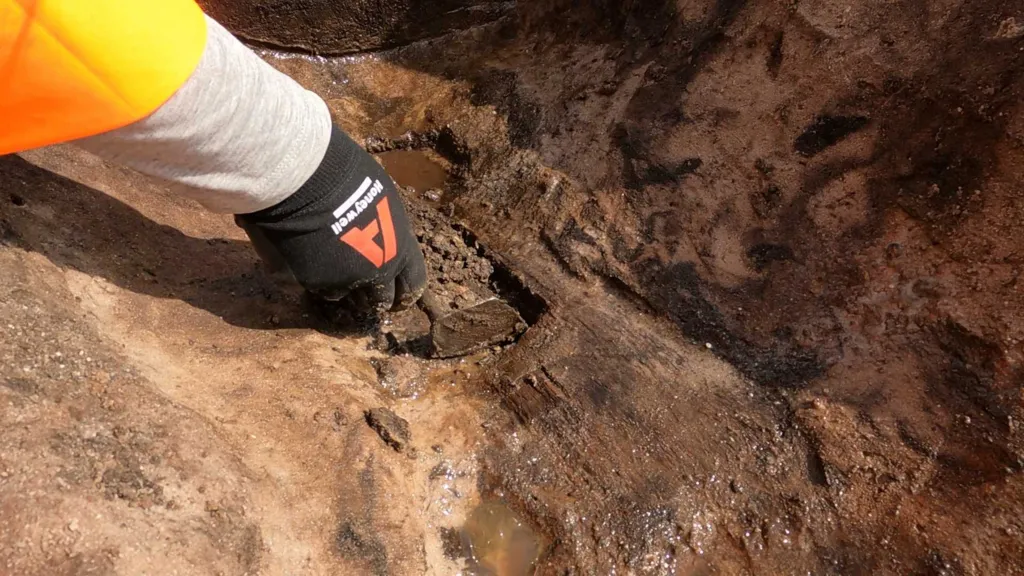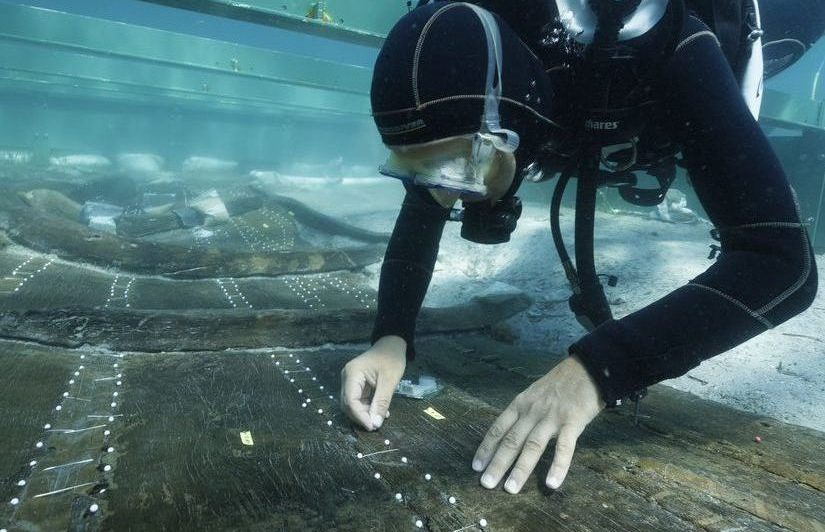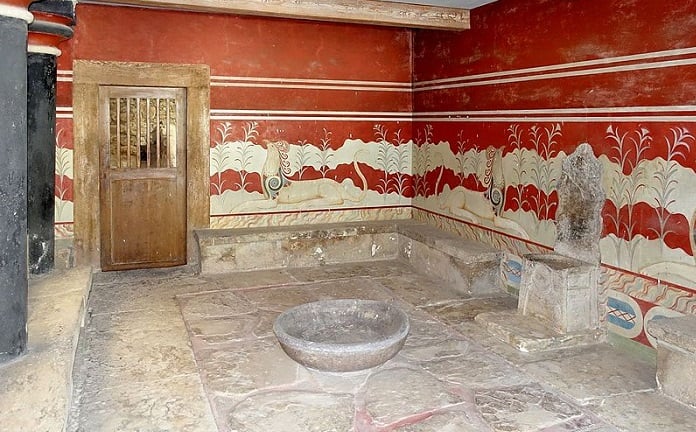Archaeologists have excavated a mass grave in Germany containing the remains of hundreds of people who died during the Black Death plague that ravaged Europe in the 14th century.
The mass grave is located in the center of the city of Nuremberg. The grave is thought to contain 1,500 skeletons. So far, 1,000 skeletons have been exhumed.
Melanie Langbein, from Nuremberg’s department for heritage conservation, told CNN that eight plague pits were identified, each containing several hundred bodies.
“Those people were not interred in a regular cemetery although we have designated plague cemeteries in Nuremberg,” said Langbein.
“This means a large number of dead people who needed to be buried in a short time frame without regard to Christian burial practices,” she said.

Radiocarbon dating is being used to accurately date the mass grave. Archaeologists have found pottery and coin fragments along with the skeletons.
Langbein discovered a note from 1634 about a plague epidemic that killed more than 15,000 people in 1632-1633, which was found in St. Petersburg, where the current excavation took place. Sebastian said about 2,000 people were buried near Spital.
“We can explore the size and demographics of the city with statistical tools, the same tools that a modern census team would with a new population,” Julian Decker, who led the excavation on behalf of the company In Terra Veritas, told CNN, including the percentage of children and adults, women and men, and overall health.
Langbein stated that the next step is to complete the excavation, as well as to clean and analyze the bone material. He also added that they will collaborate with institutions interested in specific aspects of the findings, including analyzing the plague genome and researching parasite eggs in the soil.
Cover Photo: In Terra Veritas via CNN Newsource

